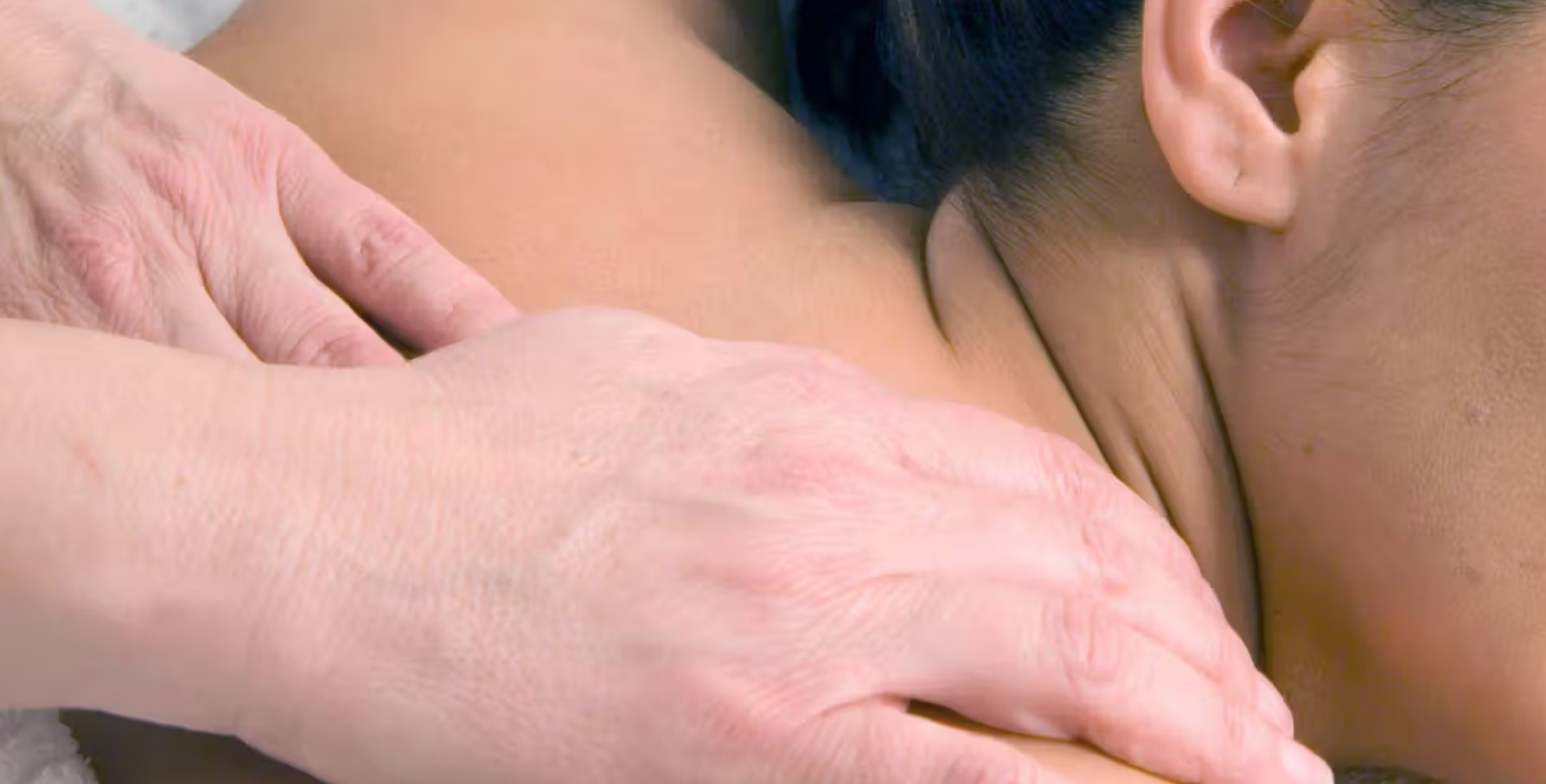An Introduction to Infrared Sauna Therapy
Infrared saunas have surged in popularity in recent years. But what exactly makes them different from traditional steam rooms? Infrared light waves have unique properties that penetrate your body in ways hot air alone cannot.
Read on for a full guide explaining what infrared sauna therapy involves. Understand the rumored health perks, vetted science behind it, how it differs from old-school saunas, critical usage guidelines for safety, and expert tips to get started.
What is Infrared Sauna Therapy?
Infrared saunas use targeted light waves just below red on the visible color spectrum to heat your body directly rather than the surrounding air. Infrared lamps emit these longer electromagnetic waves that get absorbed by skin and tissues below.
This raises your core body temperature, mimicking a vigorous sweat session's effects. Your blood vessels expand, circulation accelerates, and your nervous system triggers sweating. But infrared allows this reaction at lower overall ambient air temperatures.
Purported Wellness Benefits
Devoted users boast infrared sauna therapy delivering these wellness perks:
- Temporary relief of sore muscles and joint pain
- Improved circulation and heart health
- Enhanced quality of sleep
- Detoxification via heavy sweating
- Lowered stress and relaxed mood
- Healthier skin texture and tone
- Weight loss and caloric burn
But what does the hard science actually say about infrared sauna benefits? Let’s explore some key research findings next.
Scientific Research on Infrared Sauna Use
Infrared waves fall just outside the visible color spectrum near the red zone. But there are actually three sub-types with differing properties and effects:
Near Infrared - NIR
With the longest and weakest waves, NIR penetrates skin and fatty tissue layers only. This might offer muscle relief, wound healing and tissue repair, and skin rejuvenation per some reports. But solid clinical data is lacking so far.
Mid Infrared - MIR
Penetrating deeper to subcutaneous fat levels, MIR shows more hard science around lowering blood pressure, benefiting vascular function, aiding arterial flexibility, reducing mild inflammation, and boosting nitric oxide levels.
Far Infrared - FIR
The most studied wavelength, FIR reaches muscle, joint, and bone tissues below the skin. Documented effects include improved blood lipid profiles, glucose metabolism and insulin sensitivity, decreased arterial stiffness and blood pressure, rheumatoid arthritis relief, and reduced oxidative stress and inflammation.
How Infrared Differs from Traditional Saunas
Infrared saunas have a few key distinctions from the conventional dry and steam rooms many are used to at gyms, hotels, etc:
Dry vs Wet Heat
Old-school saunas use dry heat from warmed air around 190-210 degrees F. Infrared rooms provide a dry experience too, but air temperatures stay cooler around 120-140 degrees F since heat originates from infrared lamp sources.
Penetrating Rays
Traditional saunas warm your skin superficially so heat remains mostly superficial. But infrared light waves bypass the outer skin to heat internal tissues and organs directly without overheating the air.
Lower Humidity
Lacking steam components, infrared rooms have less humidity. For some, this provides easier breathing, making sessions more comfortable and sustainable over 30-60 minutes.
Lower Settings
To accomplish tissue warming action, infrared saunas don’t require extremely high temperatures. Most use ranges from 80-100 degrees F with stronger lamps to induce efficient sweating.
Choosing an Infrared Sauna
If considering an infrared sauna for personal in-home use, know that many options exist offering different price points, sizes, designs, tech capabilities, and more. Keep the following factors in mind while researching:
Check Certifications
Legitimate testing/rating agencies to look for include Underwriter Labs (UL), Electrical Testing Labs (ETL), and Canadian Standards Association (CSA). Reputable companies adhere to electrical and material safety standards.
Consider Size Needs
Measure your space first to ensure the dimensions work, allowing for airflow and clearance around the unit. One-person, two-person, and 3-4 person sizing exists. Solo saunas trend smaller from 1'5" to 3'5" deep and wide.
Review Construction
Canadian hemlock, red cedar, spruce, and basswood represent quality sauna woods that hold up over years. Inner ELF-EMF levels should test low. Toxic glues and sealants should be avoided as well during manufacturing.
Verify Heating Tech
Infrared lamp wattages from 250-1000+ watts exist, indicating intensity/effectiveness to some degree. Most reputable brands use ceramic, metallic or halogen heating systems for optimal infrared wavelength production.
Assess Special Features
Extra functionality like chromotherapy lighting, Bluetooth speakers, back rests, retractable leg rests, touch screen controls, etc may suit your preferences too.
Using an Infrared Sauna Safely
Infrared sauna use comes with some reasonable precautions. Be sure to follow these best practices for safely enjoying the experience without risk:
Hydrate Well Before & After
Drink at least 16 oz water prior, and another 16 oz following sessions to avoid dehydration from fluid/electrolyte loss while sweating heavily.
Start Slow
Begin with just 10-15 minutes max to gauge reactions initially. Build up duration week-by-week as your body adapts to allow 30-60 minutes ideally.
Cool Off After
Shower or at least towel dry post-sauna before dressing to lower core temp gradually. Avoid shocking your heated body with cold exposure.
Listen to Your Body
Lightheadedness, nausea, cramps - these warrant stopping immediately. Certain medications and health conditions may not mix well with sauna use too.
Children under 6 years, elderly, pregnant women, and those with unstable health issues should exercise more caution or avoid infrared therapy.
Maximizing Your Infrared Sauna Experience
Looking to make the most of those wellness sessions? Then be sure to integrate these pro infrared sauna tips:
Pre-warm
Turn your sauna on 30 minutes prior to use so it heats fully by the time you’re ready to sweat. Check ideal temp range for your model.
Sauna Nude
For efficient sweat production and absorption of infrared waves, remove any clothing, jewelry or glasses that could barrier skin exposure.
Bring Hydration
Keep water handy to sip in the sauna to offset fluid losses from heavy perspiration.
Try Heat Cycling
Alternate brief rest periods outside the sauna with active heating periods inside to safely achieve deeper tissue penetration.
Use Chromotherapy
Leverage color light features for purported benefits like blue for peaceful relaxation or red for elevated energy.
Apply Skin Products
Use after-sauna time to layer on serums, moisturizers or masks, allowing better absorption of actives into pores.
By following suitable precautions and personalizing sessions to suit you, infrared sauna use can prove both safe and more rewarding.
FAQs
What health conditions should avoid infrared saunas?
Those with unstable heart disease, recent surgery, fever/infection, adrenal fatigue, multiple sclerosis, lupus, and hemophilia/bleeding issues should use caution or avoid infrared therapy altogether due to health risks.
Can I drink alcohol before or during an infrared sauna session?
No, alcohol is dehydrating, impairing your body’s ability to sweat and cool properly. This raises the chances of heat injury in an already hot environment.
What should I wear during my infrared sauna session?
For optimal infrared wave absorption and cooling effects, nude sessions are ideal. If wearing a swimsuit, opt for thin, tight-fitting materials that leave most skin exposed.
Do infrared saunas help with weight loss?
Yes, but results primarily come from water loss through sweating during sessions. However, regular use may also boost metabolism slightly aiding fat and calorie burn over time as an added perk.
Disclaimer: This article is for informational purposes only and does not constitute medical advice. Always consult with a healthcare professional before starting any new treatment regimen.



